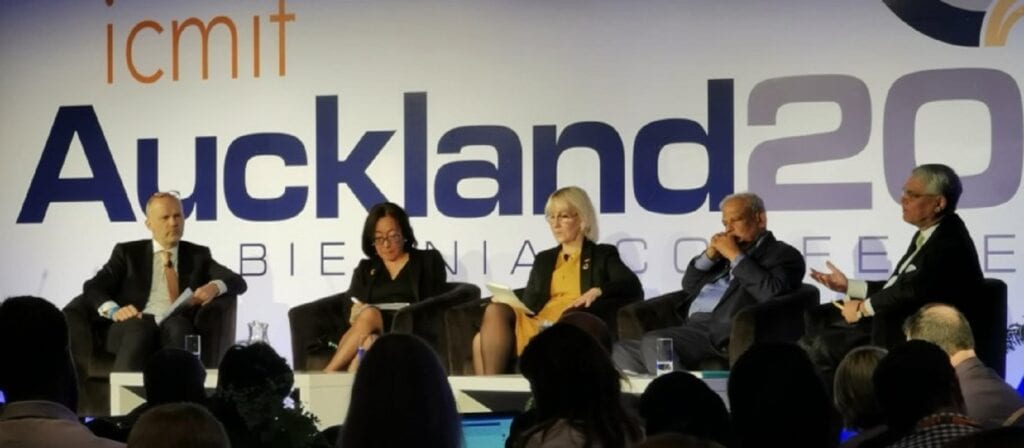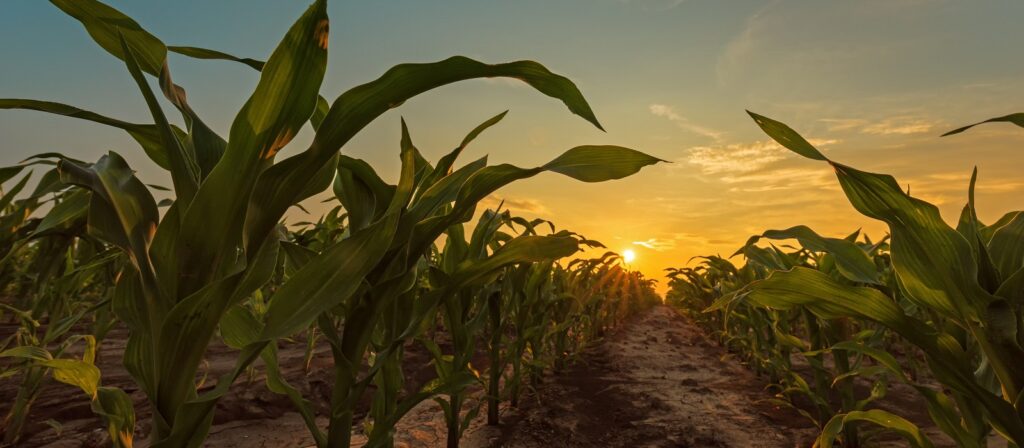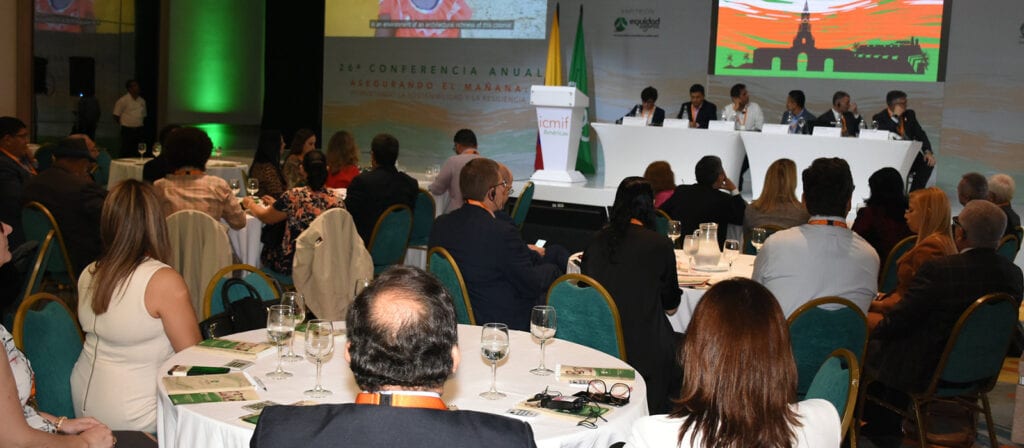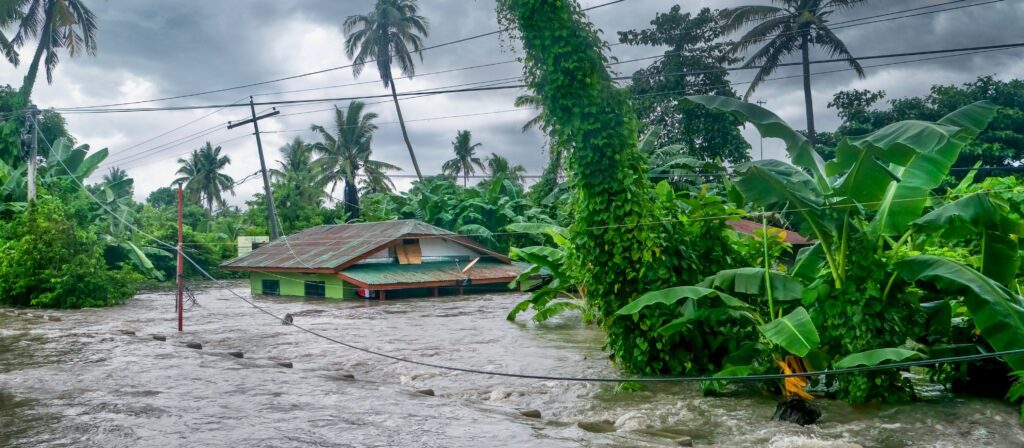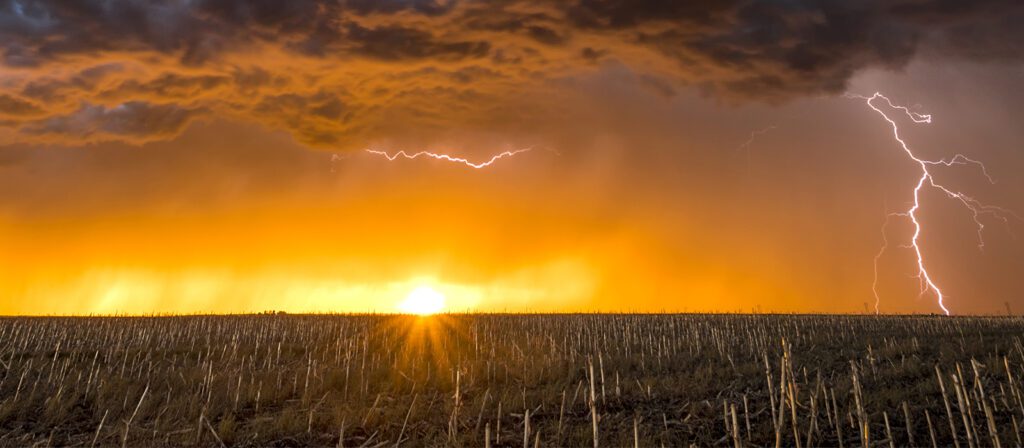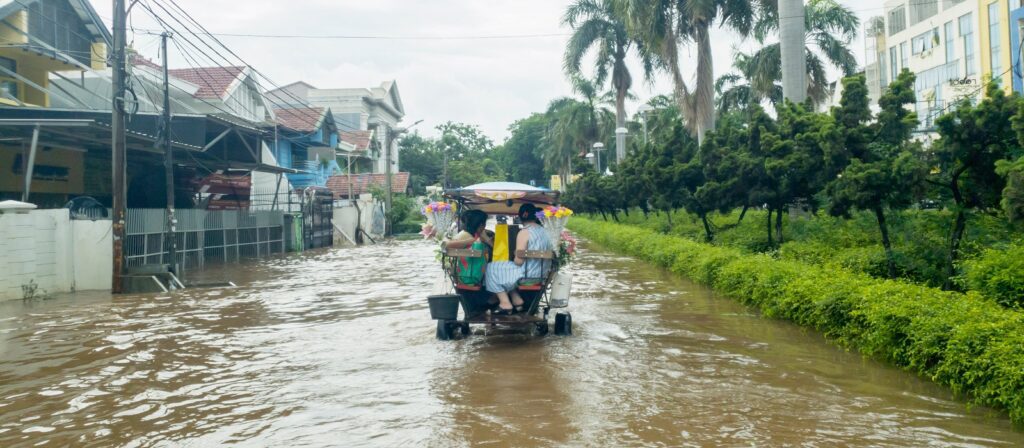Climate risk insurance is a risk transfer solution, and it is essential for sustainable development. It provides a safety net which can help to break the cycle of poverty for communities living below the poverty line. It provides a back-up to income losses related to disasters and strengthens a person’s resilience to the impacts of disasters: putting them in a much better position than they would be without any insurance.
Sanasa followed a systematic product development process to develop its climate insurance and to ensure it was inclusive. This included conducting market research with over 2,000 farmers and pilot testing with 100 farmers. It faced many challenges along the way relating to the product, clients and distribution channels, but came up with creative and innovative solutions which helped the insurance scheme succeed.
This included:
- Establishing 35 weather-based stations to get the data it needed;
- Developing an iFarm mobile app for farmers. Functionality included enrollment, claim settlement, marketplace, consultancy advice and a discussion forum;
- Use of satellite data;
- Providing premium subsidy with support of some donors;
- Producing educational videos for farmers on index insurance.
Some of the key learnings Sanasa has taken from this process include:
- Insurance programs have a significantly higher success rate when introduced as part of ongoing agricultural program;
- Successful introduction and execution of insurance schemes depend on intensive information and educational campaigns that need to take place on an ongoing basis;
- Long-term perspective and consistency in the approach is crucial;
- Inclusion of farmers in all steps contributes to the understanding, acceptance, and ownership of the process;
- Introduction of innovative technologies improves accuracy and contributes to efficiency and effectiveness.
